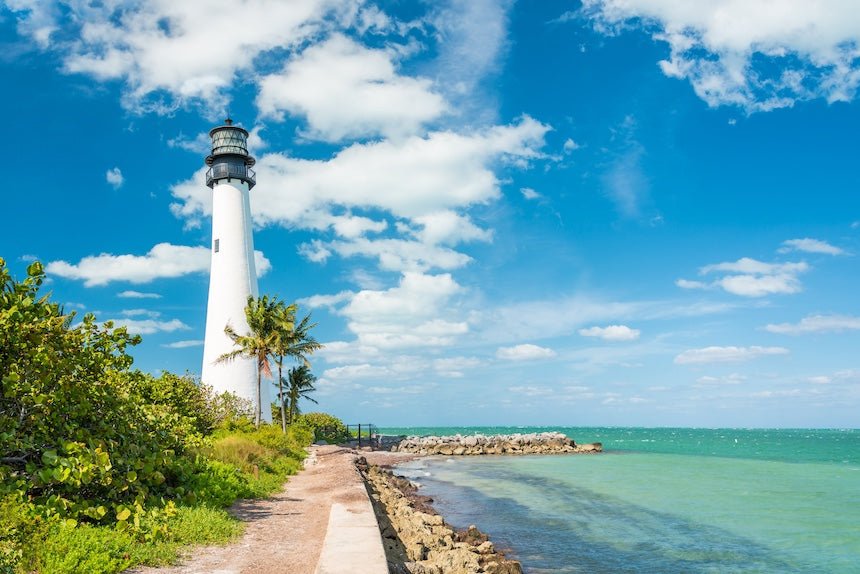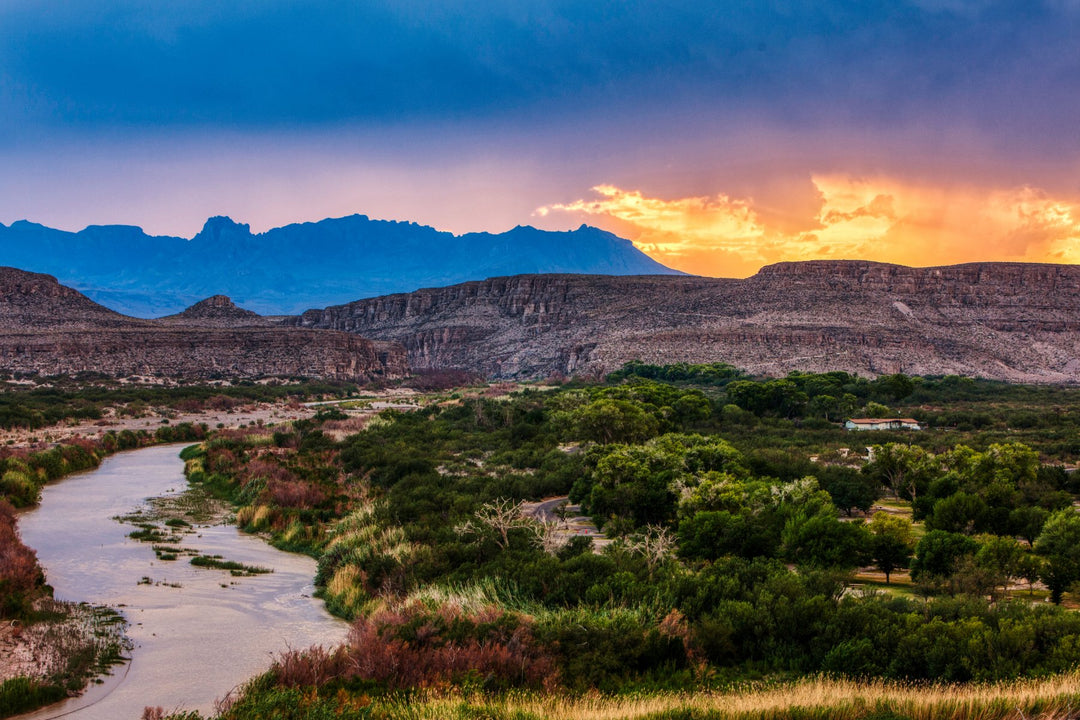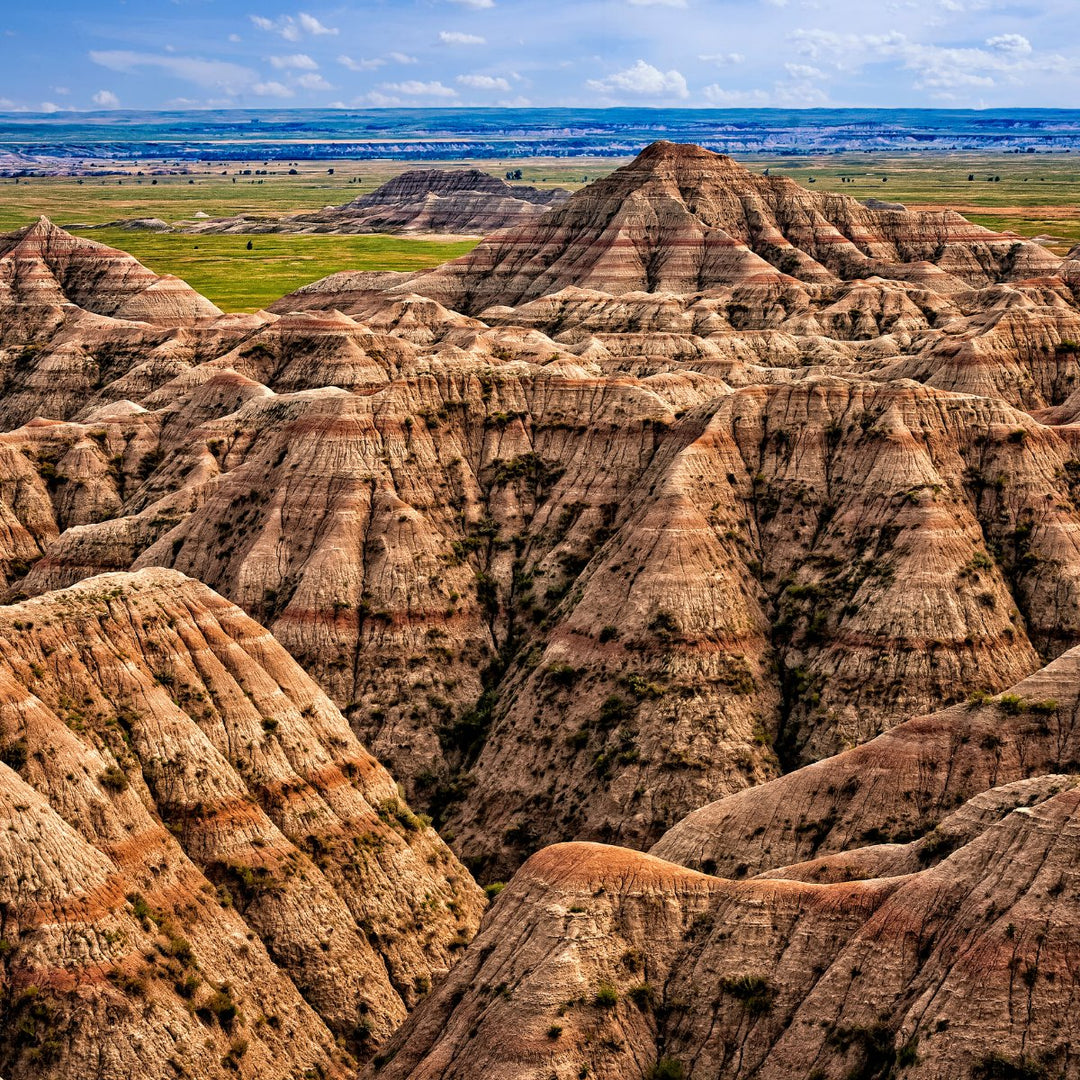Great Smoky Mountains National Park: Enchanting Wilderness in the Appalachians
Nestled along the border of North Carolina and Tennessee, Great Smoky Mountains National Park is a captivating destination known for its lush forests, mist-covered peaks, and abundant biodiversity. As the most-visited national park in the United States, it offers a rich tapestry of natural wonders and outdoor adventures for visitors of all interests.
Best Time to Visit:
The optimal time to explore Great Smoky Mountains National Park varies with each season, offering unique experiences:
- Summer (June to August): Summer is the most popular season with warm temperatures and lush greenery. It's ideal for hiking, wildlife watching, and attending ranger-led programs. Expect larger crowds, particularly on weekends.
- Fall (September to November): Autumn paints the park with vibrant hues of red, orange, and gold as the foliage changes. This season is a favorite for leaf-peeping, and it offers cooler weather and fewer visitors compared to summer.
- Winter (December to February): Winter brings a serene atmosphere, with snow-dusted landscapes and the opportunity for cross-country skiing and snowshoeing in higher elevations. Lower elevations remain accessible for hiking.
- Spring (March to May): Spring brings the park back to life with wildflower blooms and the return of migratory birds. It's a pleasant time for exploring and photographing waterfalls, though some roads and trails may still be closed due to lingering snow.
Best Time to Start Planning Your Trip:
To secure accommodations and permits for camping or backcountry hiking, it's advisable to start planning your trip to Great Smoky Mountains National Park at least three to six months in advance, particularly if you plan to visit during the peak summer or fall seasons. Booking early ensures you have the best options available.
Best Places to Stay:
Great Smoky Mountains National Park offers a variety of accommodations, including campgrounds and lodges:
- Cades Cove Campground: Located in a picturesque valley, this campground is a popular choice and features both tent and RV sites. It offers a serene setting and access to hiking trails.
- Elkmont Campground: Nestled in a historic area of the park, this campground offers a rustic experience along the Little River. It's a favorite spot for viewing synchronous fireflies in late spring.
- LeConte Lodge: Perched atop Mt. LeConte, this rustic lodge is accessible only by hiking and offers cozy accommodations and stunning views. Reservations are highly competitive.
- Sugarlands Visitor Center: Nearby towns such as Gatlinburg and Townsend provide a range of lodging options, from hotels and cabins to vacation rentals. Gatlinburg is particularly popular for its dining and entertainment.
For a unique experience, consider reserving a backcountry permit to camp in the park's remote wilderness areas. Be sure to follow park regulations and Leave No Trace principles.
Great Smoky Mountains National Park is a place of enchantment, where ancient forests, cascading waterfalls, and abundant wildlife create an immersive natural experience. Whether you're exploring the diverse ecosystems, embarking on scenic drives, or hiking to breathtaking vistas, the Smokies promise a memorable adventure in the heart of the Appalachian Mountains.






Leave a comment